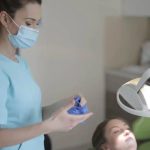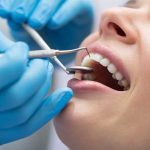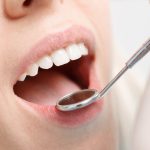Baby Teeth vs Permanent Teeth: Understanding Which Teeth Fall Out and Which Stay Put
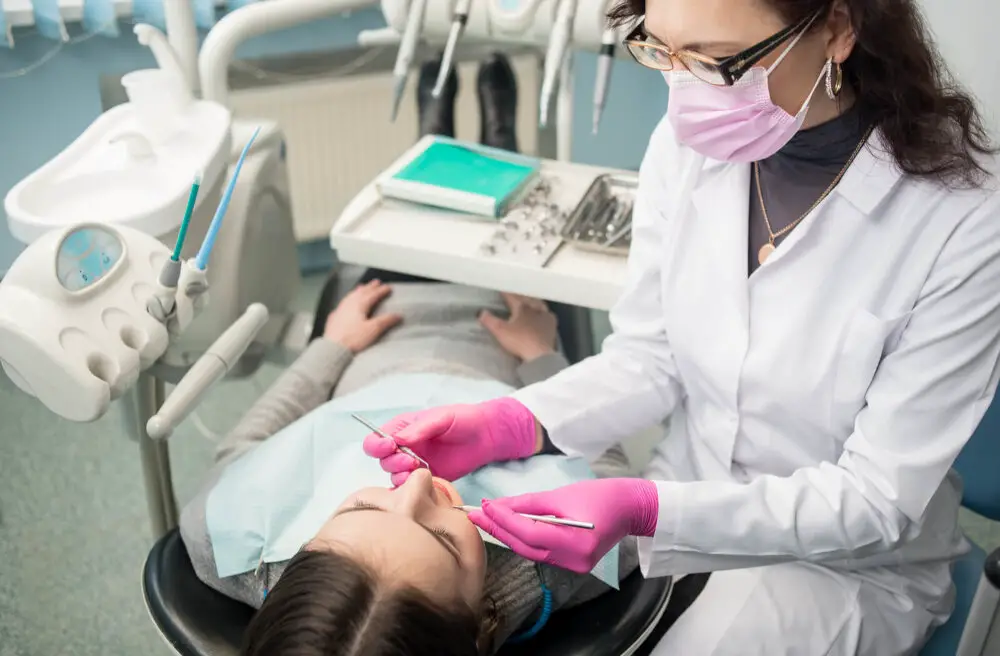
From the moment a baby is born, parents and caregivers are constantly monitoring their growth and development. One of the most exciting milestones is the appearance of a baby’s first tooth. However, as children grow and their teeth continue to emerge, parents may wonder which teeth are temporary and which are permanent. Understanding the difference between baby teeth and permanent teeth is essential for parents to know when it comes to their child’s dental health. Baby teeth, also known as primary teeth, are the first set of teeth that emerge in a child’s mouth. These teeth typically begin to appear around six months of age and continue to emerge until the child is about three years old. Baby teeth serve an important role in a child’s development as they help with speech, chewing, and the alignment of permanent teeth. However, as a child grows, their baby teeth will eventually fall out and be replaced with permanent teeth. Understanding when and how this process occurs is crucial for parents to ensure their child’s dental health is properly maintained.
Baby teeth, also known as primary teeth, are the first set of teeth that typically start to emerge from the gums around six months of age. These teeth are important for a child’s development and help them learn to eat solid foods and speak properly. Baby teeth are not meant to last forever and begin to fall out around age six, making way for the permanent teeth. Permanent teeth, also known as adult teeth, are the second set of teeth that replace the baby teeth. These teeth are larger and stronger than baby teeth and are meant to last a lifetime with proper care. Understanding the difference between baby teeth and permanent teeth is crucial for parents and caregivers to ensure proper dental care for children at every stage of development.
Understanding the difference between baby teeth and permanent teeth is crucial for parents and caregivers to ensure proper dental care for children. Baby teeth are designed to help children chew and speak properly, as well as guide the permanent teeth into their proper positions. As such, they play an essential role in a child’s oral health and development. On the other hand, permanent teeth are meant to last a lifetime and require proper care and maintenance. Knowing which teeth fall out and which stay put can help parents and caregivers identify any potential issues early on and seek appropriate dental care. Ultimately, understanding the significance of baby teeth versus permanent teeth is vital for promoting good oral health habits and preventing dental problems later in life.
Baby Teeth
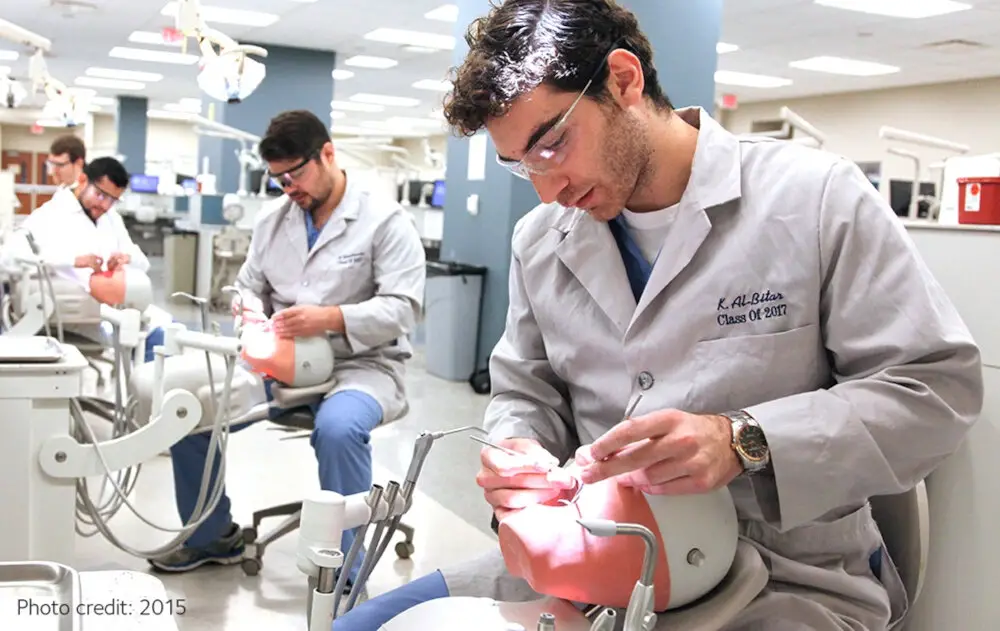
Baby teeth, also known as primary teeth, are the first set of teeth that babies develop. These teeth usually begin to appear between six to twelve months of age, and by the age of three, most children have a full set of 20 primary teeth. Baby teeth are essential for a child’s oral development as they help with speech development, chewing, and maintaining the space for permanent teeth to grow. They are also crucial in the formation of a child’s jaw and facial structure. As children grow, their baby teeth begin to loosen and fall out, making way for their permanent teeth. This process typically starts around the age of six, and by the age of 12 to 14, most children have all their permanent teeth. Permanent teeth are stronger and more durable than baby teeth, and they play a significant role in a person’s life as they help with proper chewing, speech development, and maintaining a healthy smile. Understanding the difference between baby teeth and permanent teeth is crucial for parents to ensure their child’s oral health and development.
The emergence of baby teeth, also known as primary teeth, is an important milestone in a child’s development. Typically, these teeth begin to appear between 6 and 10 months of age, and the process continues until around age 3. The order in which baby teeth emerge can vary, but usually, the lower central incisors are the first to appear, followed by the upper central incisors, lateral incisors, first molars, canines, and finally, the second molars. While the process of teething can be uncomfortable for both babies and parents, it is an essential part of a child’s oral health and development.
Baby teeth, also known as primary teeth, are the first set of teeth that erupt in a child’s mouth. Typically, a child will have 20 baby teeth, which will begin to appear around six months of age. These teeth serve as placeholders for the permanent teeth that will eventually replace them. As the child grows and develops, the baby teeth will gradually fall out and be replaced by permanent teeth. While the process can be uncomfortable for some children, it is an essential part of dental development that helps to ensure a healthy and functional adult smile. Understanding the differences between baby teeth and permanent teeth can help parents and caregivers to provide the best possible care for their child’s oral health.
Baby teeth, also known as primary teeth, play a crucial role in a child’s development. These teeth not only help a child chew and speak properly, but they also act as placeholders for the permanent teeth that will eventually replace them. If baby teeth are lost prematurely due to decay or injury, it can lead to alignment issues with the permanent teeth. Additionally, healthy baby teeth help ensure that a child’s jawbone develops properly, which can impact their facial structure and overall oral health. It is important to prioritize proper oral hygiene and regular dental checkups for children to maintain their baby teeth and set the stage for a lifetime of healthy teeth and gums.
Permanent Teeth
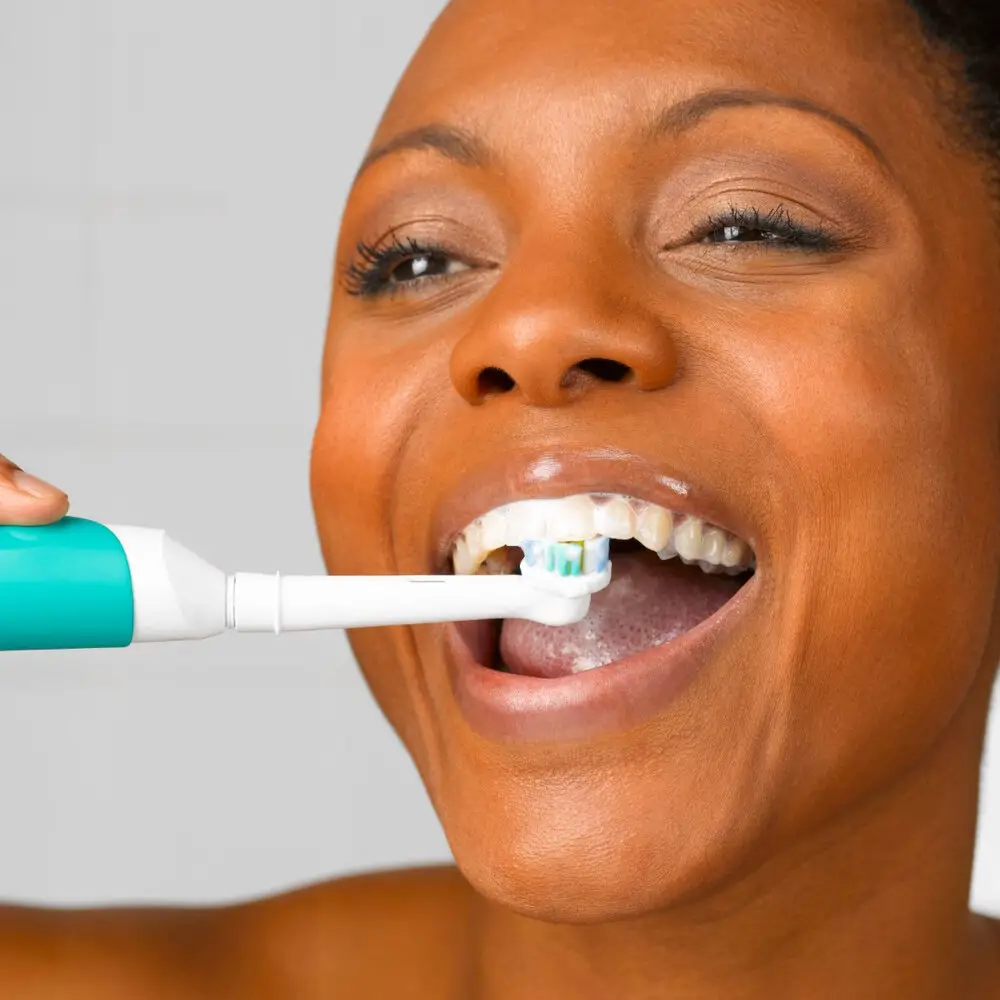
Permanent teeth, also known as adult teeth, are the second set of teeth that grow after the primary teeth or baby teeth fall out. They are called permanent because they are meant to last a lifetime. These teeth are larger, stronger and more durable than baby teeth and have more complex roots that anchor them more firmly in the jawbone. Permanent teeth consist of 32 teeth in total, including four types of teeth: incisors, canines, premolars, and molars. Each type of tooth has its own unique shape and function. The permanent teeth usually start to emerge around the age of six and continue to grow and develop until the age of 21. The emergence of permanent teeth can cause discomfort and pain, which can be relieved by over-the-counter pain relievers and home remedies such as applying a cold compress to the affected area. It is important to take care of the permanent teeth by practicing good oral hygiene habits such as brushing twice a day, flossing daily, and visiting the dentist regularly for cleanings and checkups. Neglecting the care of permanent teeth can lead to tooth decay, gum disease, and other dental problems that can affect overall health and well-being.
Permanent teeth are the second and final set of teeth that emerge in the human mouth. They usually start to appear around the age of six or seven, and the process continues until the early teenage years. The eruption of permanent teeth is a gradual process that occurs when the roots of the baby teeth begin to dissolve, allowing the permanent teeth to push through the gums and take their place. The emergence of permanent teeth is a significant milestone in a child’s development, as it marks the transition from childhood to adolescence. These teeth are stronger and more durable than baby teeth, allowing them to last a lifetime with proper care. It is essential to maintain good oral hygiene to ensure the health and longevity of permanent teeth.
Permanent teeth are the second set of teeth that develop in the mouth and typically begin to erupt around age 6. There are four different types of permanent teeth: incisors, canines, premolars, and molars. Incisors are located at the front of the mouth and are used for biting and cutting food. Canines, also known as cuspids, are located next to the incisors and have a pointed shape that is used for tearing and shredding food. Premolars, located between the canines and molars, have two pointed cusps and are used for grinding and crushing food. Molars, located at the back of the mouth, have four or five cusps and are the largest teeth in the mouth, used for grinding and crushing food. Understanding the different types of permanent teeth can help individuals maintain good oral health by knowing how to best care for each type of tooth.
Permanent teeth are essential for a healthy and functional oral cavity. These teeth are designed to last a lifetime and perform several critical functions, including chewing, biting, and speaking. They also play an essential role in maintaining the structure of the jawbone and facial muscles. Losing permanent teeth can lead to several dental and medical problems, including difficulty in chewing, speech impairment, and misalignment of remaining teeth. Proper dental hygiene and regular dental checkups can help maintain healthy permanent teeth and prevent tooth decay, gum disease, and other dental issues. Therefore, understanding the importance of permanent teeth is crucial to ensure a healthy and functional oral cavity.
The Process of Losing Baby Teeth
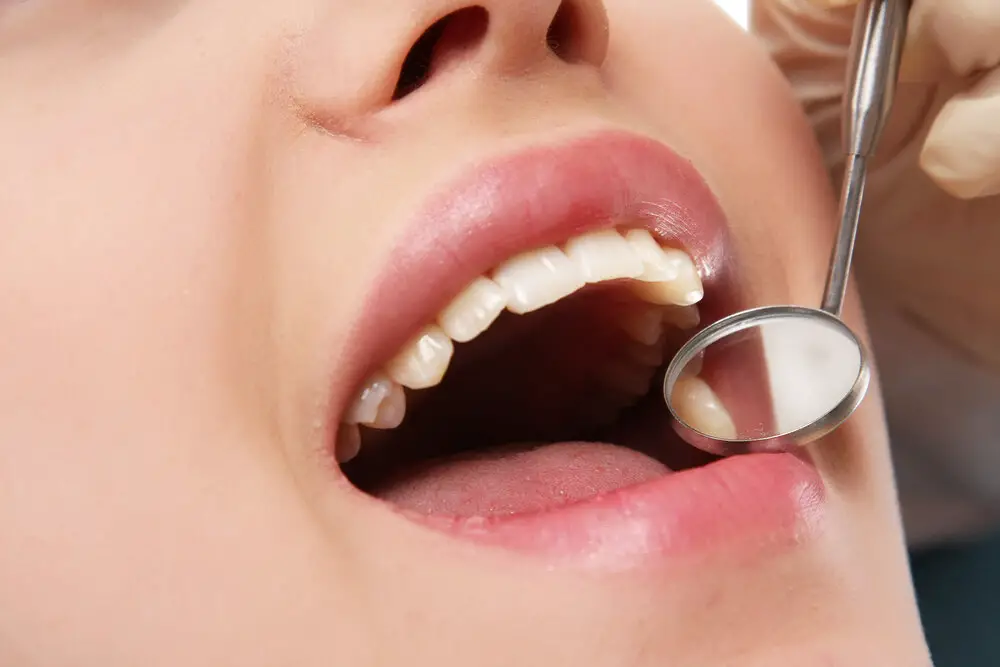
Losing baby teeth is a natural and exciting process that occurs during childhood. The process typically begins around the age of six and continues until all 20 baby teeth have been replaced by permanent teeth, which usually occurs around the age of 12. During this time, the roots of the baby teeth gradually dissolve, causing them to become loose and eventually fall out. This process can take several months or even years, depending on the child. While losing baby teeth can be an exciting rite of passage for children, it can also be a bit uncomfortable at times. Some children experience pain or sensitivity as their baby teeth begin to loosen, and others may feel self-conscious about their changing smile. However, it’s important for parents to reassure their children that this is a natural part of growing up and that the discomfort will eventually pass. In the meantime, children can take comfort in knowing that their new permanent teeth will soon arrive, and they can enjoy the process of wiggling and wobbling their loose baby teeth until they finally fall out.
As kids grow older, their baby teeth will inevitably fall out to make room for their adult teeth. However, it can be tricky to determine when a baby tooth is ready to fall out. One of the most obvious signs is when the tooth becomes loose, which can happen when the permanent tooth beneath it begins to push up. You may also notice that the tooth looks slightly darker than usual or that the gum around the tooth is swollen or red. Additionally, your child may complain of discomfort or pain in the area. If you notice any of these signs, it’s likely that your child’s baby tooth is on its way out, and you should encourage them to wiggle it gently until it falls out naturally.
Baby teeth, also known as milk teeth or deciduous teeth, fall out to make room for permanent teeth. This natural process typically begins around the age of six and continues until the age of twelve or thirteen. The roots of baby teeth gradually dissolve, and the teeth become loose. Eventually, they fall out, making way for the adult teeth to emerge. The process can be accompanied by some discomfort and pain, but it is a normal part of a child’s development. It is essential to maintain good oral hygiene during this time to prevent infections and other complications. Parents can help their children by encouraging them to brush and floss regularly and by scheduling regular dental checkups.
The timeline for losing baby teeth varies from child to child, but generally begins around the age of six and continues until the age of 12. The first teeth to fall out are typically the front bottom teeth, followed by the front top teeth. The molars and canine teeth typically come out last. It’s important to note that every child’s timeline is different, and some may lose teeth earlier or later than others. Additionally, there are several factors that can impact the timeline for losing baby teeth, such as genetics and overall dental health. Regardless of when they fall out, it’s important to take good care of baby teeth to ensure the proper development of permanent teeth later on.
Maintaining Healthy Teeth
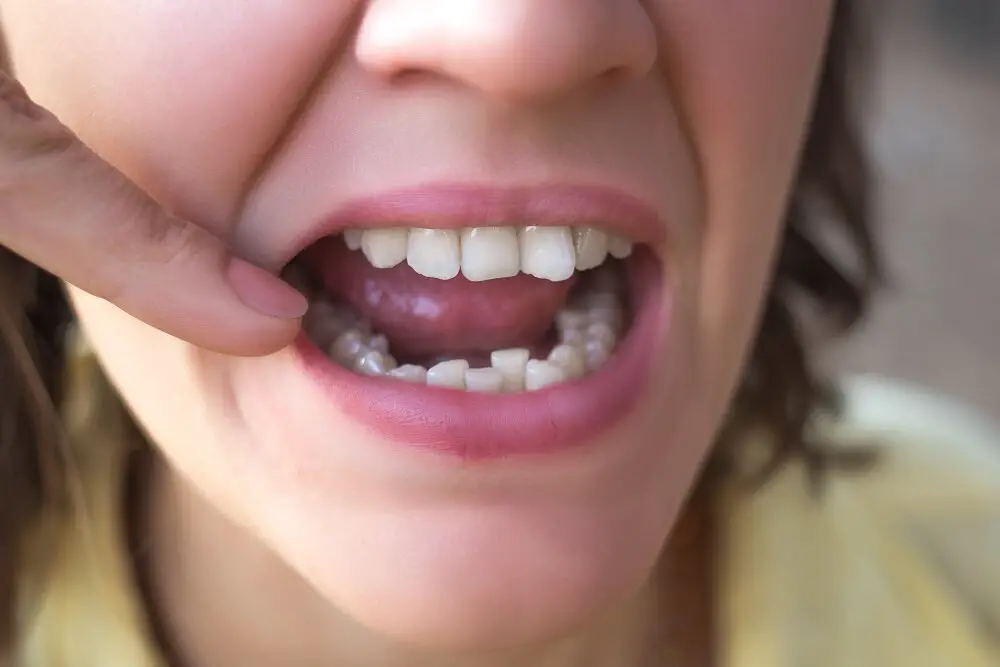
Maintaining healthy teeth is crucial for overall oral health and preventing dental problems such as tooth decay and gum disease. Brushing your teeth twice a day with fluoride toothpaste and flossing daily are essential habits to keep your teeth healthy. It is also important to limit sugary and acidic foods and drinks as they can erode tooth enamel and cause tooth decay. Regular visits to the dentist for check-ups and cleanings can also help prevent dental problems and catch any issues early on. Proper dental hygiene should start from a young age as baby teeth play a vital role in the development of permanent teeth. Baby teeth help children chew properly, speak clearly, and maintain space for permanent teeth to grow. As permanent teeth begin to erupt, it is important to continue practicing good oral hygiene habits to ensure their health and longevity. Understanding the difference between baby teeth and permanent teeth can help parents and caregivers teach children the importance of taking care of their teeth and gums.
Maintaining good oral hygiene is crucial for overall health and well-being, especially in children. Baby teeth, which eventually fall out, play an essential role in the development of permanent teeth. Neglecting oral hygiene practices can lead to tooth decay, gum disease, bad breath, and other dental problems that can affect a child’s overall health. Regular brushing and flossing, along with routine dental check-ups, can prevent these issues and ensure the healthy development of permanent teeth. It is vital to instill good oral hygiene habits in children from a young age to promote a lifetime of healthy teeth and gums.
As a parent, it’s important to take care of your child’s baby teeth to set them up for a lifetime of good oral health. One of the easiest ways to keep baby teeth healthy is to establish a regular brushing routine. Use a fluoride toothpaste and a soft-bristled brush to gently clean your child’s teeth twice a day. Additionally, limit sugary snacks and drinks, as these can lead to tooth decay. Encourage your child to drink plenty of water, which can help wash away food particles and bacteria. Finally, schedule regular dental checkups to catch any potential issues early and ensure your child’s teeth are growing and developing as they should. By following these tips, you can help your child maintain healthy baby teeth and set them up for a lifetime of good oral health.
Taking care of permanent teeth is essential for maintaining good oral health and preventing dental problems. Brushing teeth twice a day with fluoride toothpaste and flossing daily can help remove plaque and bacteria that can cause decay and gum disease. Eating a healthy diet that is low in sugar and high in calcium and vitamins can also help keep teeth strong and healthy. It’s important to avoid habits like smoking and excessive alcohol consumption, which can increase the risk of oral cancer and other dental problems. Regular visits to the dentist for cleanings and check-ups are also important for detecting and treating any dental issues before they become more serious. By following these tips, you can help keep your permanent teeth healthy and strong for a lifetime.
Baby teeth and permanent teeth have several differences that distinguish them from each other. Baby teeth, also referred to as milk teeth or deciduous teeth, start to appear between six months and one year of age. They are typically smaller and whiter than permanent teeth and only consist of 20 teeth, while permanent teeth comprise 32 teeth. Baby teeth also tend to have shorter roots than permanent teeth, making them easier to fall out. In contrast, permanent teeth start to grow when a child is around six years old and continue to emerge throughout adolescence. They are larger, stronger, and more durable than baby teeth and have longer roots that anchor them firmly in the jawbone. Understanding the differences between baby teeth and permanent teeth is essential in knowing how to take care of them properly.
Proper dental care is crucial for maintaining good oral health, regardless of whether the teeth are baby or permanent. Baby teeth are essential for guiding the growth of the permanent teeth, and their decay or loss can lead to developmental problems. Neglecting oral hygiene and dental care can result in gum disease, cavities, and tooth loss, which can affect the overall health and well-being of an individual. Similarly, permanent teeth play a crucial role in chewing, speaking, and maintaining facial structure. Hence, maintaining good oral hygiene, including brushing twice a day, flossing, and regular dental check-ups, is essential for both baby and permanent teeth to prevent decay and ensure optimal dental health.
In conclusion, understanding the differences between baby teeth and permanent teeth is crucial for maintaining good oral health. Baby teeth serve as placeholders for permanent teeth and help in the development of proper speech and chewing ability. The loss of baby teeth at the right time helps in the proper eruption of permanent teeth. On the other hand, permanent teeth are designed to last a lifetime and require proper care and maintenance. Neglecting to care for permanent teeth can lead to tooth decay, gum disease, and other oral health problems. Therefore, it is essential to understand the significance of both baby teeth and permanent teeth to maintain good oral health throughout life.
Conclusion
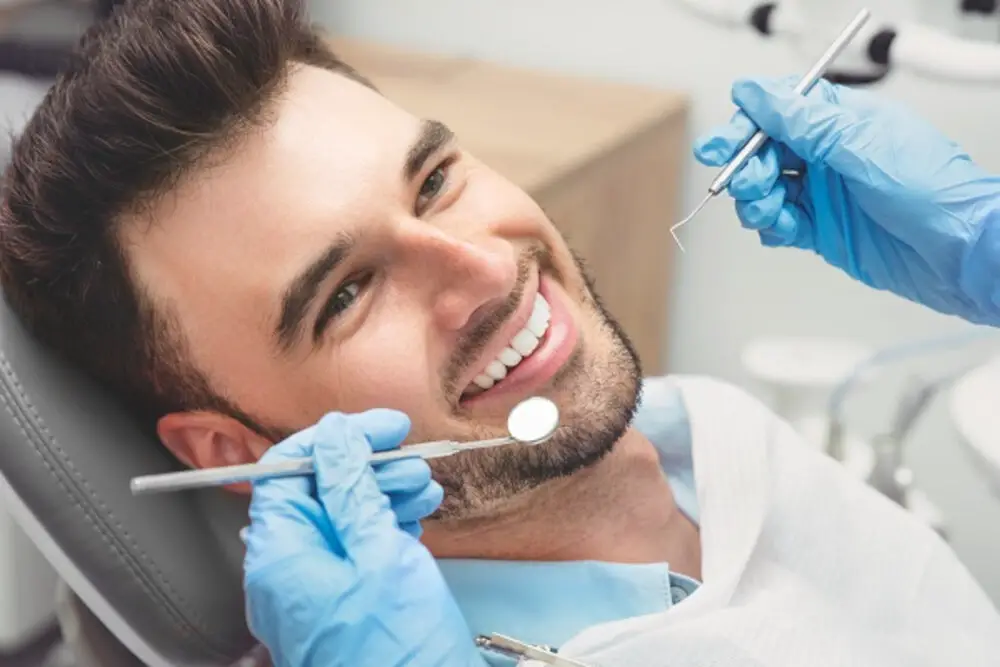
In conclusion, understanding the difference between baby teeth and permanent teeth is crucial for maintaining good oral health. Baby teeth play a vital role in a child’s dental development, and parents must ensure that their children take good care of them. On the other hand, permanent teeth are meant to last a lifetime, and it’s essential to take good care of them too. As we grow and develop, the transition from baby teeth to permanent teeth can be a confusing and sometimes painful experience. However, with proper oral hygiene and regular dental checkups, we can ensure that our teeth stay healthy and strong. So, whether you’re a parent or an individual looking to maintain good oral health, it’s essential to understand which teeth fall out and which stay put and take the necessary steps to care for them.
